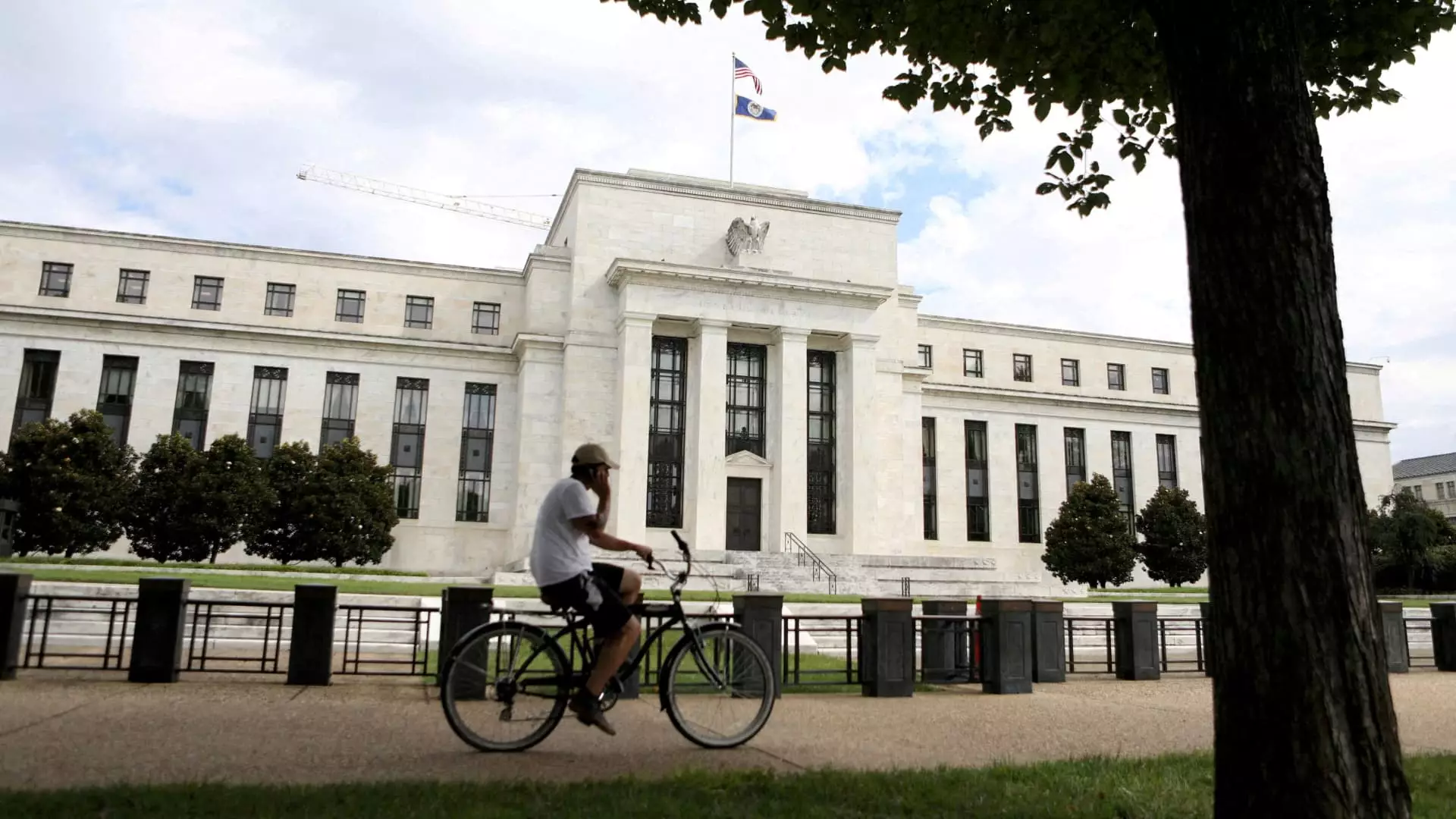As economic uncertainty plagues our nation, a paradox emerges within the Federal Reserve’s interest rate policies. The latest jobs report indicated a resilient job market, but elevated inflation presents a conundrum. Many Americans find themselves caught in a financial vice—rising borrowing costs and stagnant wages. The pressure from political spheres, particularly from figures like former President Donald Trump, only complicates matters further. While Trump demands rate cuts to alleviate consumer burdens—a seductive proposition—it’s imperative to recognize the inherent complexity of monetary policy and its separation from political influence.
Federal Reserve Chairman Jerome Powell has reiterated that the Fed operates independently of political machinations, emphasizing that monetary decisions hinge on economic indicators rather than political whims. However, the temptation for the Fed to bow to political pressure could have ripple effects that exacerbate the current struggle for everyday Americans. The notion that cutting rates could lead consumers toward easier access to credit is indeed alluring. But this glosses over the pernicious effects of inflation and gives rise to the false hope that lower rates will immediately transform the economic landscape.
The Double-Edged Sword of Tariffs
Complicating the matter further are the ramifications of Trump’s trade policies. The newly imposed tariffs, which aim to bolster domestic manufacturing, have had an unintended consequence: elevating consumer prices across the board. Economists warn that these policies could contribute to widespread inflation, undermining forecasts and squeezing household budgets even tighter. The fundamental issue lies in the trade-off between protecting domestic interests and the detrimental effects on the very consumers these policies claim to benefit.
Eugenio Aleman, chief economist at Raymond James, aptly points out that consumers invariably bear the brunt of economic disruption. However, policymakers often seem oblivious to this reality, focusing instead on idealistic economic principles without a robust understanding of their implications for everyday people. As inflation roars forward, the proposition of keeping interest rates stable under the shadow of impending tariffs seems more like negligence than prudence.
The Consumer Debt Dilemma
The implications for consumer debt are staggering. With credit card rates continuing to hover around all-time highs—averaging just over 20%—the burden is palpable for those already grappling with skyrocketing living costs. The current climate fosters an atmosphere of dread for consumers striving to manage their monthly budgets. As Matt Schulz from LendingTree notes, banks are increasingly cautious in their lending practices. In this environment, higher rates are not a reflection of a thriving economy but rather a defensive shield against the uncertainties swirling around trade and fiscal policies.
With total credit card debt at record levels, many Americans are stretching their finances alarmingly thin. It’s an escalating crisis. The correlation between the Federal Reserve’s rate decisions and consumers’ ability to manage debt is undeniable; however, hopes for relief are now tainted by an intricate web of policy decisions that often ignore the lived realities of ordinary Americans struggling to stay afloat.
The Real Estate Quagmire
Homeownership, often viewed as a quintessential American dream, has become a precarious endeavor for many in the current economic climate. With a current average rate of 6.81% for 30-year fixed mortgages, potential buyers are left reeling at the thought of entering an already overpriced market. Even as rates fluctuate slightly, the unaffordability of homes remains a pressing obstacle. Those hoping to buy a home this summer are predominantly met with disillusionment. Lower rates could elicit more favorable borrowing conditions, but those changes seem a distant prospect on a horizon clouded by tariffs and inflation.
In this bind, countless potential homeowners are sidelined, watching from the sidelines while the market continues to tighten. With the interplay of interest rates and market conditions ever so delicate, the dream of homeownership starts to shimmer dimly, overshadowed by economic duress and lack of clear policy direction.
Student Loans and the Rising Tide of Debt
While federal student loans may offer some protection against fluctuating interest rates, for many students, the rising tide of debt is already overwhelming. Rates for new loans are increasing, soaring to 6.53%, a stark jump from even a year prior. This situation paints a grim picture for students already grappling with an uncertain job market post-graduation. With fewer avenues for forgiveness and increasing rates complicating repayment plans, the barriers faced by graduates are steeper than ever.
As student debt continues to accumulate, the burden being placed on future generations is unsustainable. The current economic climate indicates that higher education is being democratized less and less, resulting in a scenario where those who seek advancement through education are instead submerged in debilitating debt fueled by soaring interest rates.
In this era of financial complexity, navigating the storm becomes an uphill battle. While some might suggest that the remedy lies in slashing interest rates, a deeper examination reveals the consequences of such actions amid an already fragile landscape. The interplay of tariff effects and consumer despair underscores a critical truth: a one-size-fits-all approach will only prolong the financial agony faced by millions of Americans. The need for nuanced, yet empathetic policies has never been clearer.

